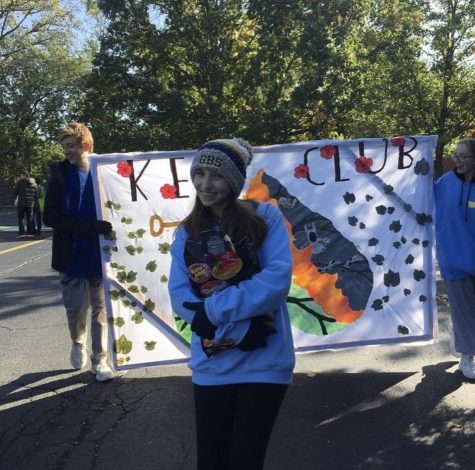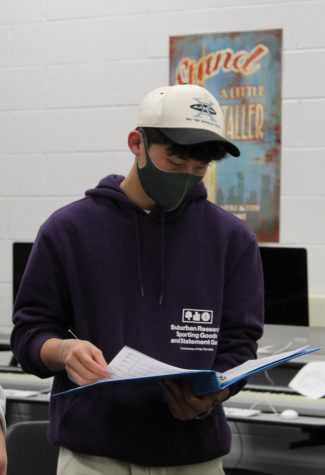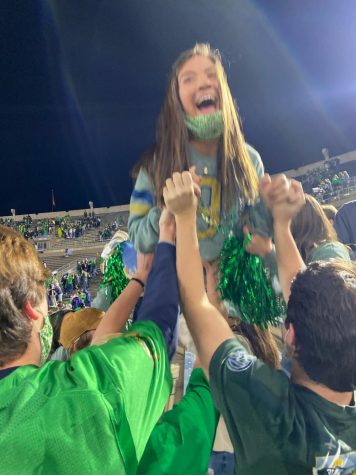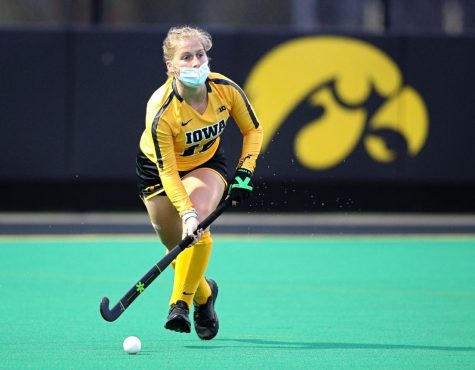20 athletes prepare for Division II, Division III athletics
May 21, 2021
After pushing through difficult lifts in the gym, nerve- wracking calls with college coaches and grueling days of training on the field, pool or court, 40 South seniors committed to play collegiate athletics next year. Of those 40 soon-to-be collegiate athletes, 20 will be playing at Division II or Division III schools.
Senior Eden Frick is one of these athletes and will be playing basketball at the University of Wisconsin-Whitewater, a Division III school, next year. Although at first Frick wanted to pursue a Division I or II school, she chose to go Division III because of the freedom student-athletes have to participate in a more well-rounded college experience.
“Division III allows me to continue basketball at a high, collegiate level, while also receiving the freedom of a normal college life,” Frick said. “I’m able to grow as a person and a student.”
Likewise, senior Lanie DaSilva, who will be playing water polo at Augustana College, a Division III school, found the environment of the Division III athletics enticing. She had been pursuing a Division I school, DaSilva said, but upon learning how much time commitment is necessary to play Division I, she found that the Division III philosophy suited her aspirations perfectly.
“I chose to go Division III because I loved the environment,” DaSilva said. “These players are here for the love of the sport. They want to play the sport they love along with enjoying their time in college and that’s why I believed it was the perfect fit for me.”
The distinction between Division I, II and III sports comes in the amount of money and resources the school devotes to athletics. Division I programs have more scholarships available for athletes and higher budgets for facilities and equipment. Division II programs receive less money as they are financed like an academic department within their school. Division III programs do not offer athletic scholarships at all and receive the smallest budget out of the divisions, according to NCAA.org.
Despite Division II or Division III athletes often viewed as not good enough to play Division I, DaSilva believes that the division played at is not a commentary on an athlete’s skill level, as every athlete is looking for something different in their college search.
“[Division I is] really not for everyone,” DaSilva said. “To me, Division III was perfect. Yet some people think it’s lesser than Division I schools. Every athlete playing in any division is a total accomplishment. If you are committed to play in college, that’s madly impressive.”
Senior Nick Khatkovvy, who will be swimming at McKendree University, a Division II school, found that Division II offered the perfect combination of competitiveness and financial assistance through athletic scholarships. Khatkovvy looks forward to the competitive atmosphere and improvement in skill that his Division II school will provide.
“I knew from that [McKendree University] was gonna be a good fit for me, so I completed all the tasks I had to do to enroll,” Khatkovvy said. “The whole process was also stressful not knowing how much money I was going to receive, but luckily it was a great amount for me to go to Mckendree.”
Senior Will Solis, who will be playing Division III football at Denison University, has also found the Division III athlete experience to be perfect for his future goals. After realizing that playing Division I was not feasible for him, he was excited about the close relationships with coaches and professors that Division III offered.
“The coolest thing about being a DIII athlete is that you are a true student-athlete,” Solis said. “Sometimes DI schools train you to be professional athletes and many of them struggle when those dreams don’t come true. For me, academics will always come first and football is just a game I love to play. I know I am not going pro, so I want to get a head start on life after football right away.”










